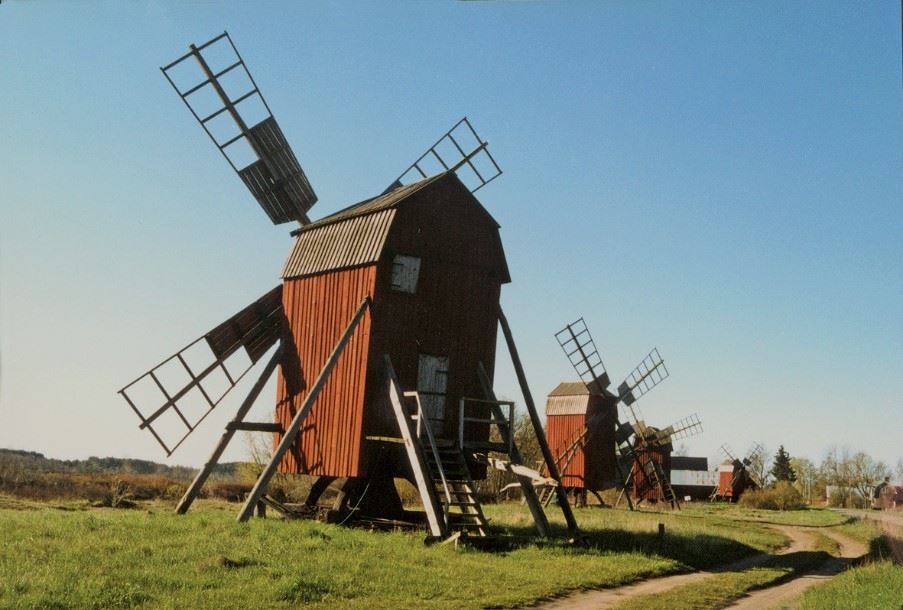It’s almost 100 miles long and in parts less than 5 miles wide. Öland has for many years been a popular holiday destination for Swedes, and its population of 25,000 swells substantially in the summer months. When the Öland Bridge opened in 1972 and finally connected the island with the Swedish mainland, travelling to Öland became effortless – remarkably for a 6 km bridge which was the longest bridge in Europe for over 25 years, it is toll-free. Locals will tell you proudly that the Öland Bridge is Sweden’s longest, beating the Öresund bridge because a large part of that crossing lies in Danish territory. But despite its modern connection to the mainland, Öland maintains a distinct sense of identity, and visitors to the island can enjoy both its natural and historic attractions.
Borgholm is the largest (only) city on Öland, but at the same time is one of Sweden’s smallest, with a population of barely 3,000. With its many shops, restaurants and cafes, Borgholm is the main tourist spot on the island. The main historical attraction in the city is the ruin of Borgholm Castle, a 12th-century fortress built to protect the country from its enemies to the east. The castle and its museum are open to visitors, and concerts and performances are regularly held within the ruins.
Öland in general, and Borgholm in particular, are renowned for their farm-to-table food scene. You’ll find many restaurants proudly celebrating their use of Öland produce, and while good food is taken very seriously here, dining is a laid-back affair with outdoor tables set out to make the most of the long summer evenings.
Öland was an important strategic site during the many centuries of Baltic instability and war, and as a result you’ll find several fortresses. But many more of the historical buildings are a result of the island’s isolation and its reliance on fishing and agriculture. There are windmills scattered all around the island; around 2000 were built during the 19th century, and while most have gradually fallen into ruin around 350 still stand and are maintained by local enthusiasts. Also from the 19th century is the Långe Erik lighthouse on the northern tip of the island. The 32-metre-high tower is no longer in use, but is open to visitors who can enjoy fabulous views out to sea.
For a taste of Öland’s wild nature, the UNESCO-listed Stora Alvaret is a must-see. This desolate area to the south of the island is a large, limestone plain which is home to pre-historic settlements. There are walking trails throughout the plain, and the area is popular with birdwatchers, with cranes and plovers particularly common in the spring.
To really immerse yourself in island life, take a trip to Öland for the Skördefest, an annual harvest festival which takes place in late September/early October. The island appears to be overrun with pumpkins, and the local celebrations attract around 200,000 visitors each year. As well as celebrating Öland’s fertile soil, the events around the island also highlight its strong cultural heritage.
Find out more about Sunvil Discovery holidays to Öland.


